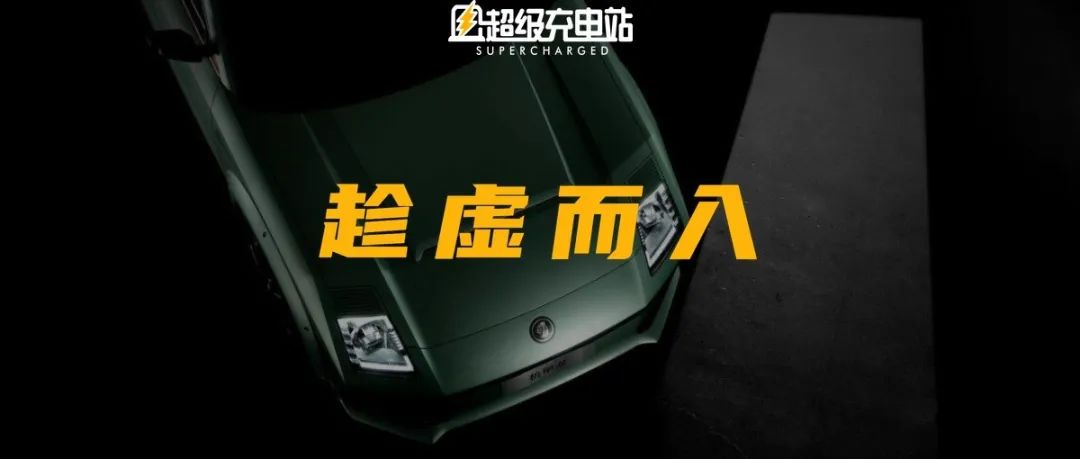Although intelligent technologies like automated driving are now the cutting-edge trend for car manufacturers to showcase their “tech transformation”, the main driving force behind sales still relies on new cars in reality.
Take the electric vehicle pioneer Tesla for example. Although topics such as FSD upgrades, new patent registrations and factory capacity expansions always stir up curiosity, last year Tesla’s sales growth in the Chinese market could not escape being attributed to the new Model Y.
In terms of data, in 2020, Tesla’s best-selling model in China was only the domestically-produced Model 3, with an annual sales volume of 137,400. However, after expanding the Tesla model lineup to Model 3+Model Y last year, the sales volume more than doubled to 320,700.
The principle of “1+1 > 2” is straightforward and simple.
At last month’s earnings call, Elon Musk clearly stated that Tesla will not launch any new car models this year. The pure electric Cybertruck pickup truck has been postponed to 2023, and the rumored $20,000 entry-level new car has no plans yet.
The postponement of Tesla’s new car offensive undoubtedly presents a chance for followers to catch up. In 2022, from new carmakers to traditional automakers’ pure electric new brands, they will all accelerate their expansion pace with more new products.
The three leading new carmakers, XPeng, NIO, and Li Auto, all surpassed 10 thousand vehicles sold monthly by the end of 2021. As for the annual delivery, the rankings were XPeng at 98,100, NIO at 91,400, and Li Auto at 90,400, all moving towards achieving a goal of annual sales of 100,000 vehicles.
After basically achieving their “survival” goal, the new carmakers will launch new cars this year, which can be summarized as bigger, more expensive, and more powerful.
At last year’s Guangzhou Auto Show, XPeng was the first to unveil its second pure electric SUV, the G9. As the name “G9” suggests, this pure electric SUV will be the flagship product in XPeng’s product lineup.
In terms of appearance, the G9 has not undergone significant changes compared to the current XPeng models on the market. The X-Robot Face front-end design of the family style makes it look like a “stretched” XPeng G3i or an “upgraded” XPeng P7.At the Guangzhou Auto Show, the XPeng G9 only made a simple static appearance, and the official did not disclose more model parameters.
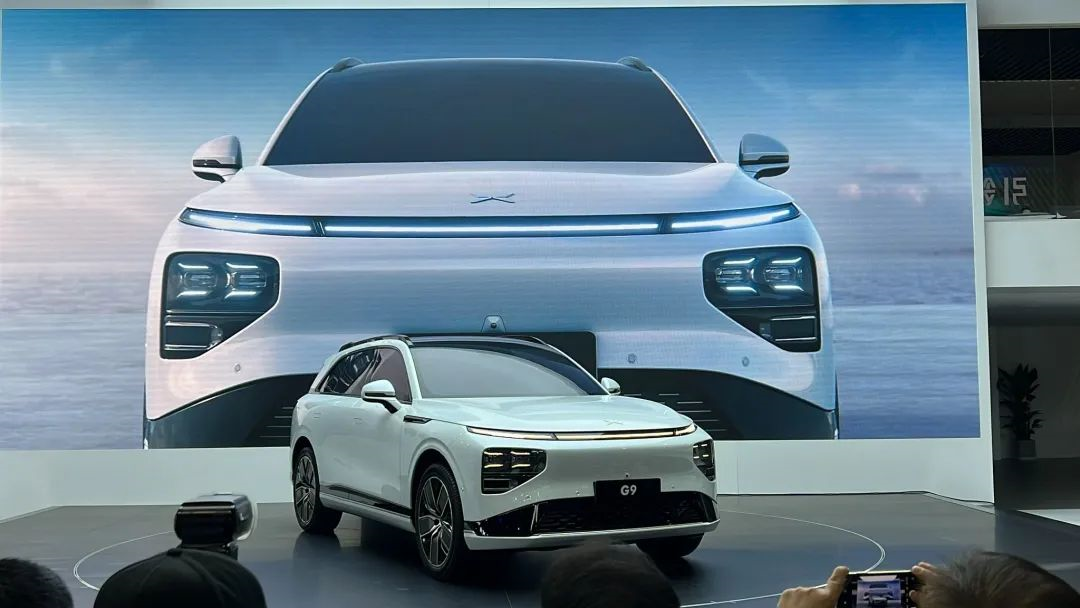
However, combining the XPeng Hong Kong Stock Exchange prospectus, external leaked spy photos and other fragmentary information, we can still piece together the outline of this SUV:
The XPeng G9 will be built on the same Edward platform as the XPeng P7. The platform’s wheelbase is between 2800mm-3100mm, which means the G9’s wheelbase can reach up to 3100mm.
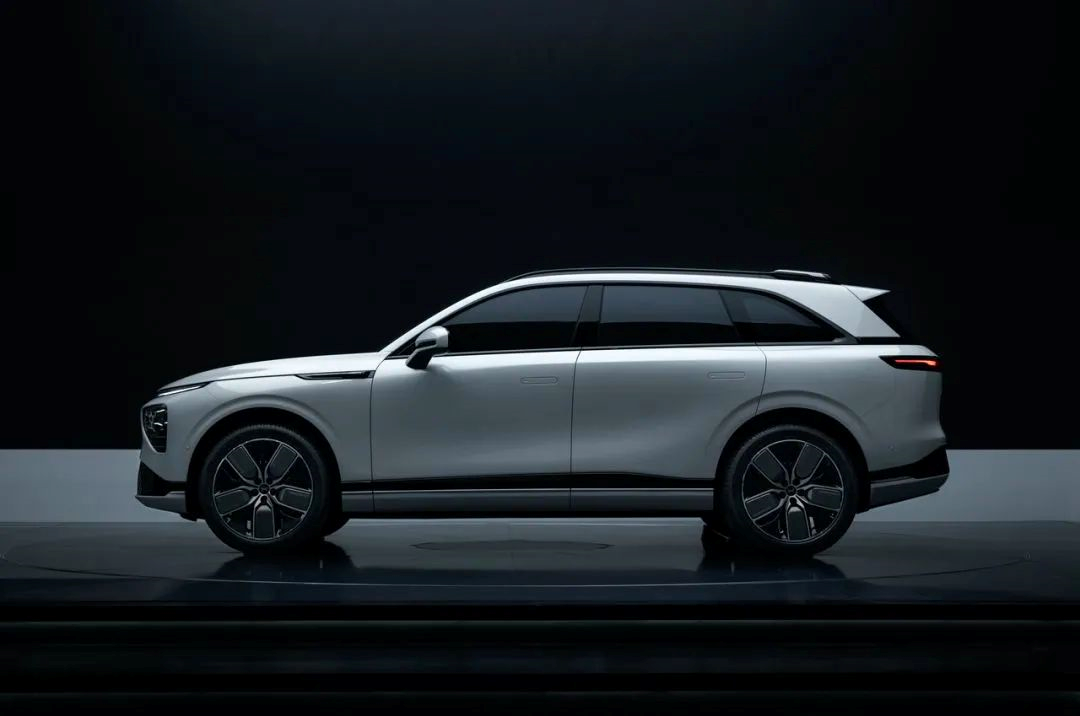
Based on this, we can also speculate that the length of the G9’s body is about 4.8 meters to 5 meters, positioning it as a mid-to-large-size SUV.
Such body size can naturally bring more spacious interior space. Unless unexpected circumstances occur, the previously heavily promoted sleeping, watching movies and other functions inside the car when XPeng P5 went public will also be an important selling point for the follow-up G9.

In terms of interior design, with the leaked spy photos online, we can see that the XPeng G9 will adopt a similar horizontal screen central control screen layout as the P7. The most obvious change is that, similar to the Ideal ONE, a display screen has been added to the front of the passenger seat, which will improve the audio-visual experience of the front passenger.
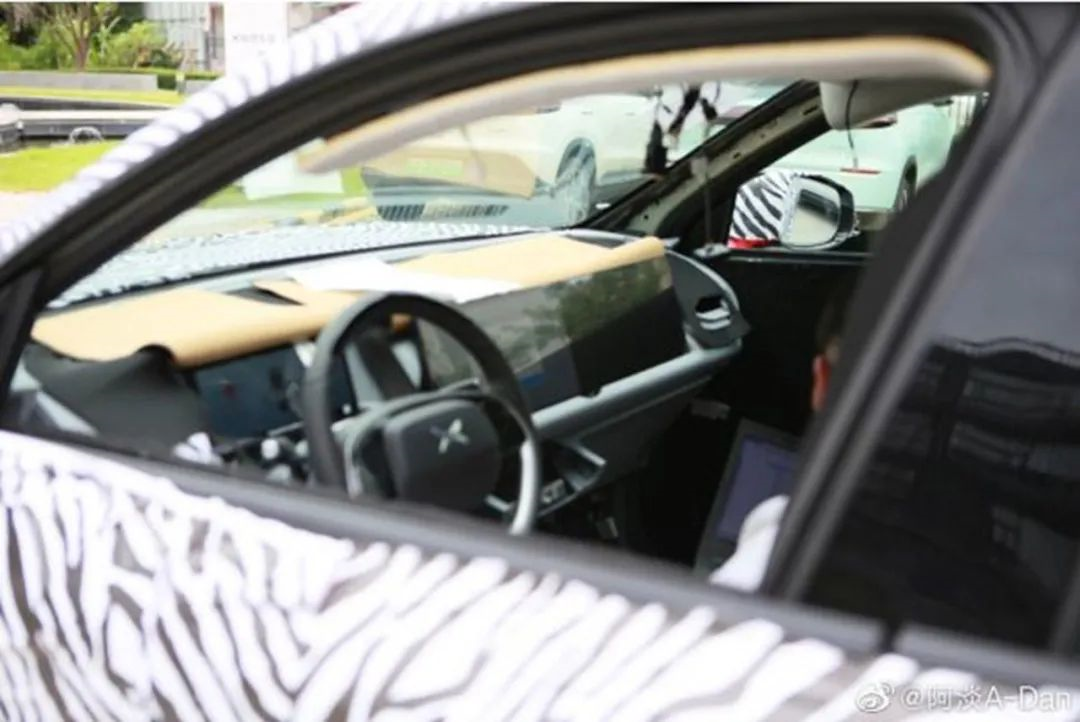
The power and range information of XPeng G9 awaits further official disclosure. What can be made clear now is that this car will be equipped with the XPeng XPower 3.0 power system, with two major characteristics of fast charging speed and high electric drive efficiency:
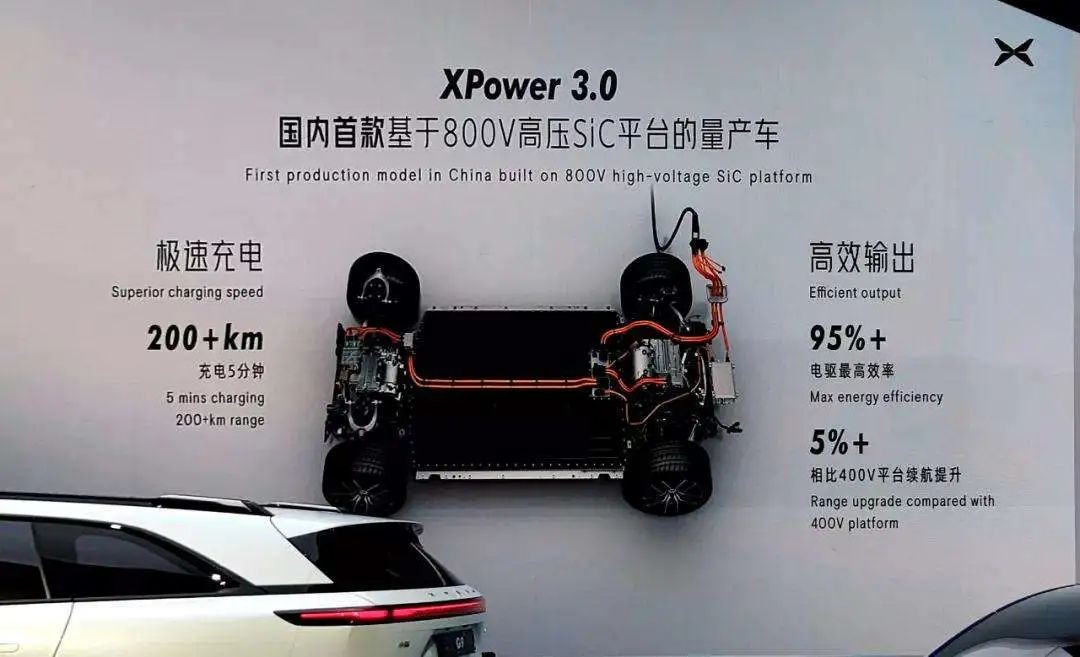
Combining the 800V high-voltage platform + 480 kW super charging pile, XPeng G9 can achieve a charging speed of 200 kilometers in 5 minutes or more.
Regarding the electric drive system, XPeng G9 will adopt technologies such as silicon carbide, motor magnetic field, and reducer optimization to achieve a maximum electric drive efficiency of 95%.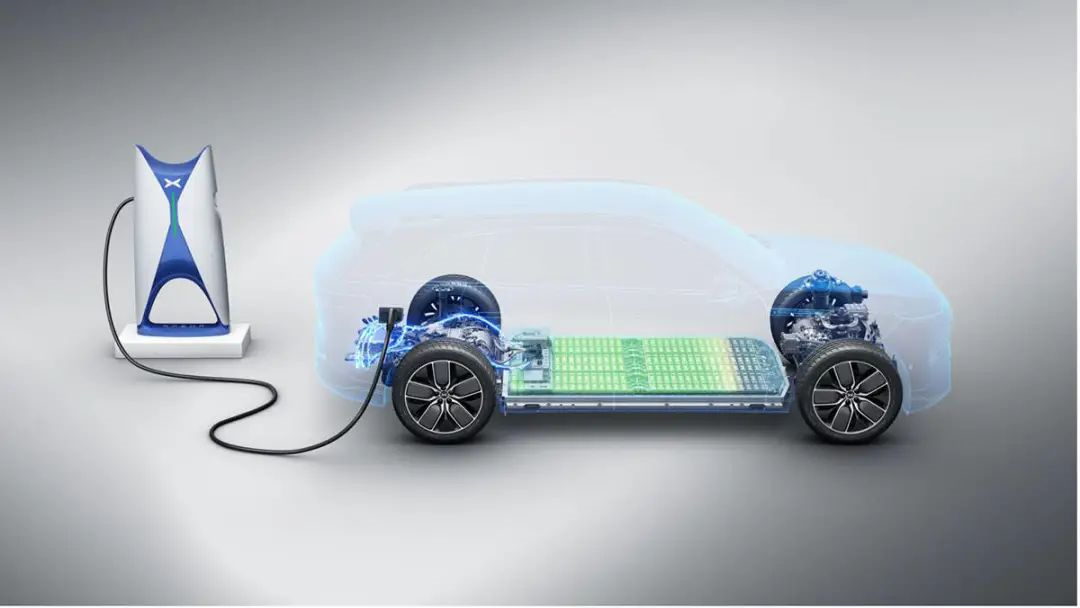
Regarding intelligent assisted driving, the XPeng G9 continues the dual-lidar scheme already deployed on the P5, with two lidars also located on the front face of the vehicle under the headlights.
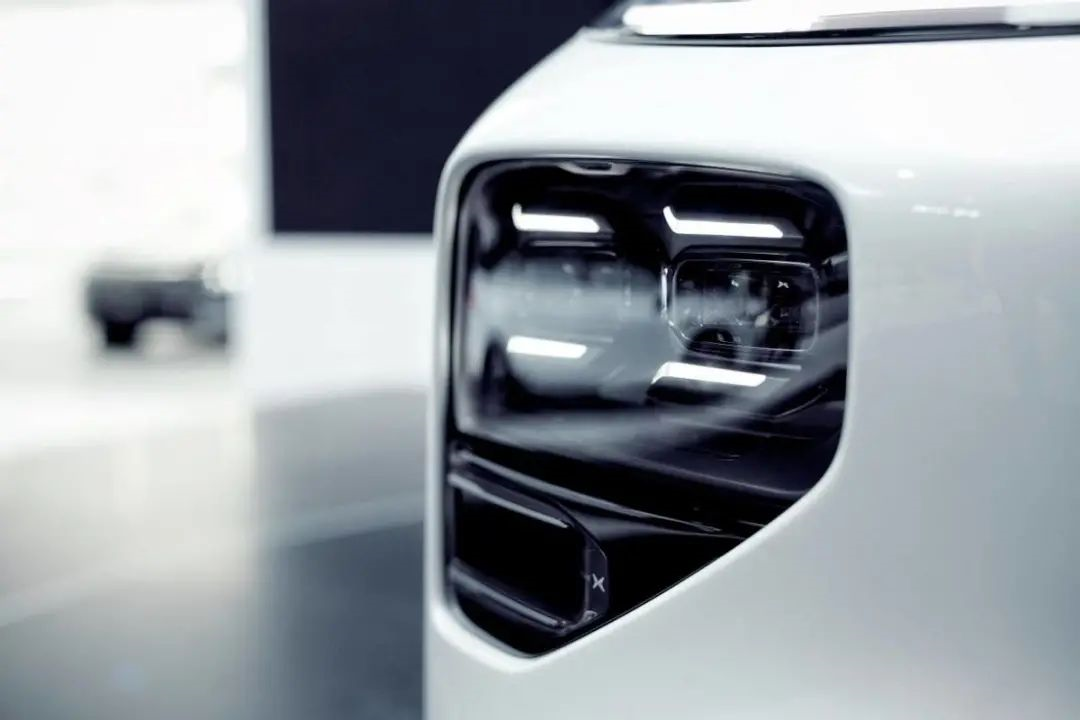
Lidar is just one representative hardware for achieving higher levels of autonomous driving assistance. The G9 will be equipped with XPeng’s latest X-EEA 3.0 electronic and electrical architecture, employing two NVIDIA Orin-X chips with a maximum computing power of 508 TOPS. Combined with the XPILOT 4.0 assisted driving system, it achieves L2 level urban navigation assisted driving.
Regarding pricing, according to information from XPeng’s Hong Kong stock prospectus, the price of the XPeng G9 will range from 300,000 to 400,000 yuan, placing it between the XPeng P7 and P7 Pengyi editions.

Recently, XPeng Motors also held a conference call with automotive experts, outlining a series of plans concerning new car models and sales targets. Among them, it is clear that the G9 will commence deliveries in September and account for approximately 14% of total annual sales this year.
But what does this 14% mean? According to XPeng’s official statement, “In 2022, we are confident of achieving annual sales of 250,000 units,” which means that the annual sales of the XPeng G9 will need to reach 35,000 units.
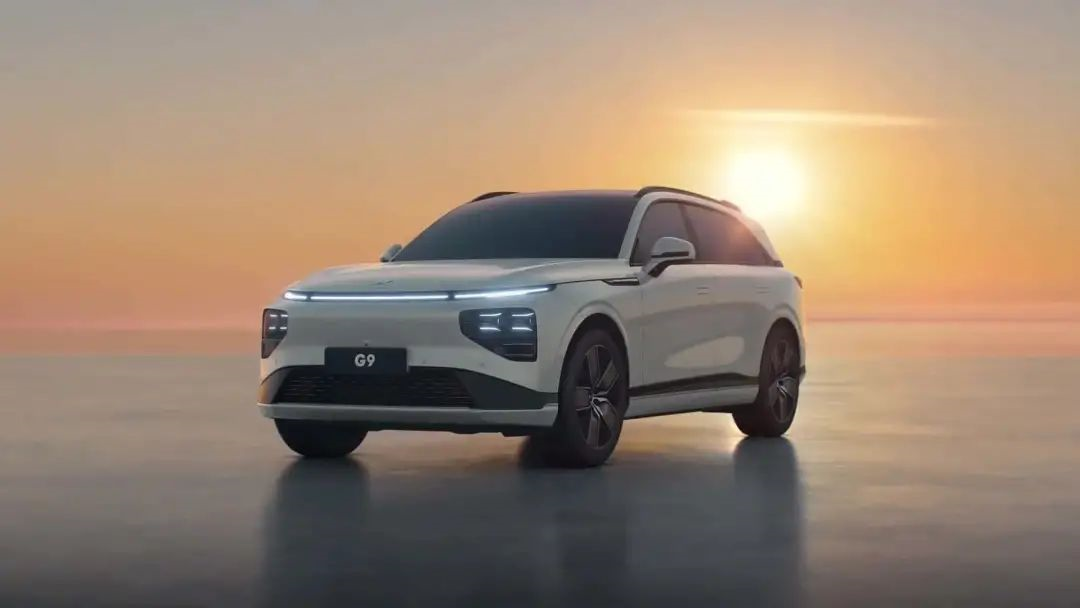
In addition to XPeng, the next SUV model from Li Auto will also be unveiled this year. Despite the unknown final name, various information about its internal code name “X01” has already been leaked through various channels such as test spy photos.
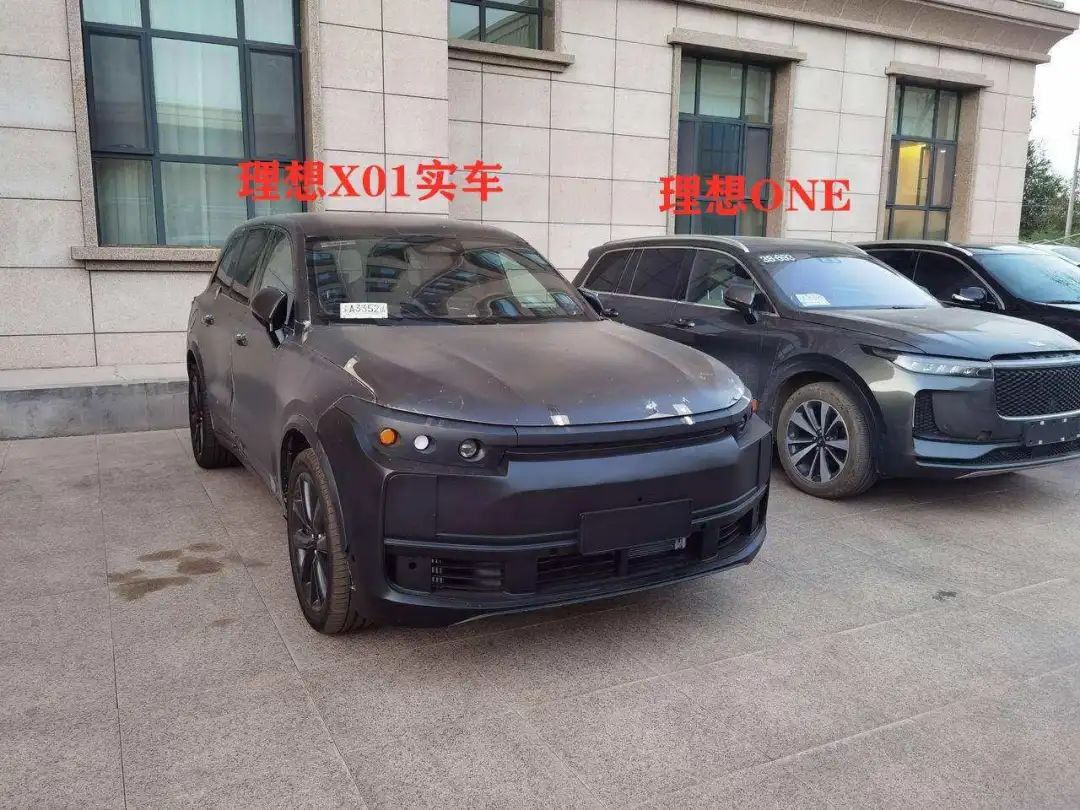
Last year, there was a screenshot of what appeared to be the dissemination target of a new Li Auto model.
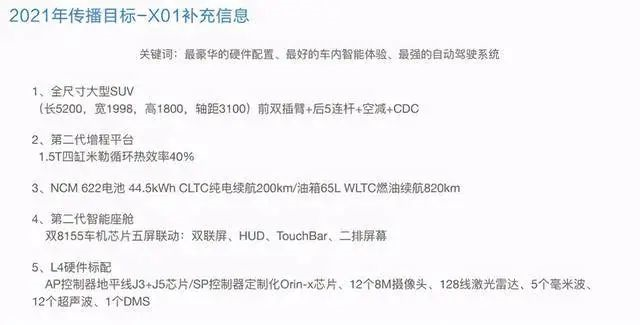
Earlier this year, another so-called “2022 Li Auto X01 promotional points” document emerged.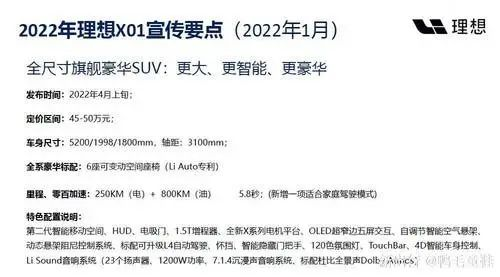
In addition, there is already a lot of information available online about the positioning and benchmarking of the X01 model. If this is intentional by the PR department, it can be seen as a clever move to save on communication budget. Otherwise, one can only say that the confidential work within the company is too sloppy…
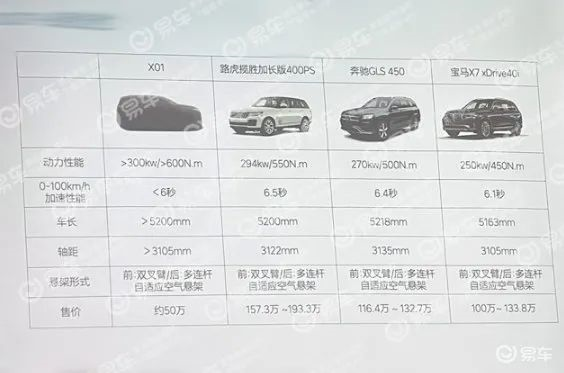
Overall, the upcoming full-size SUV X01 from Li Auto will be larger, positioned higher, and priced higher than its current model ONE:
The vehicle dimensions reach 5200/1998/1800 mm in length, width, and height, respectively, with a wheelbase of 3100 mm, and the entire lineup comes with six seats as standard.

Luxury features such as electric suction doors and air suspension will all be mounted on the Li Auto X01, which targets large-size luxury SUVs such as the Mercedes-Benz GLS and BMW X7, with a price range of 450,000 to 500,000 yuan.
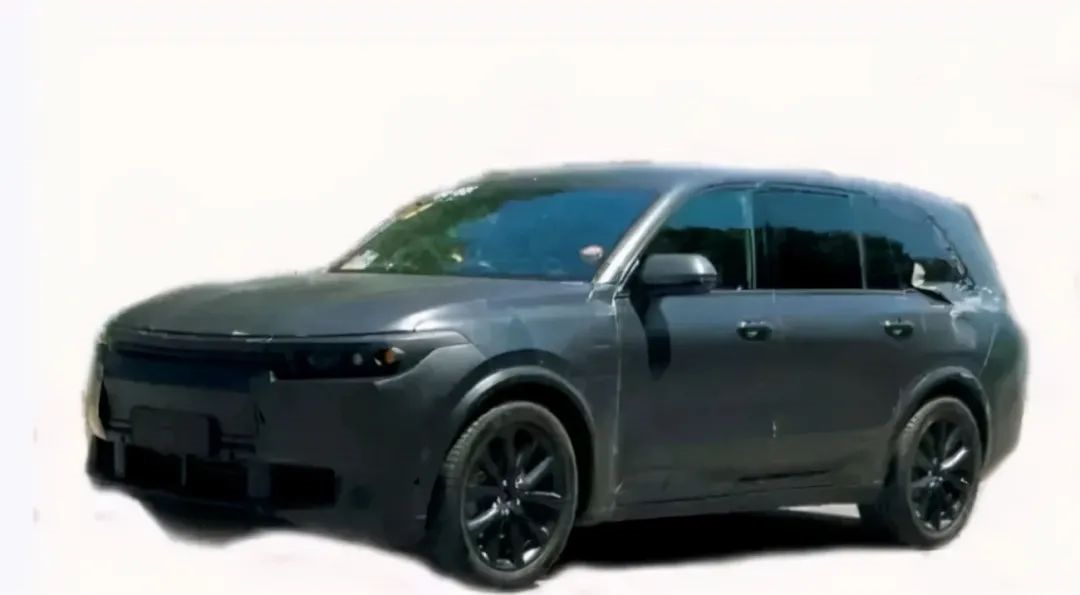
In terms of powertrain, the Li Auto X01 remains a range-extender SUV. The new car will be equipped with a higher thermal efficiency 1.5T four-cylinder range extender, coupled with front and rear motors from Great Wall’s honeycomb power, with a maximum power of 330 kW and a zero to 100 km/h acceleration of about 5.8 seconds.
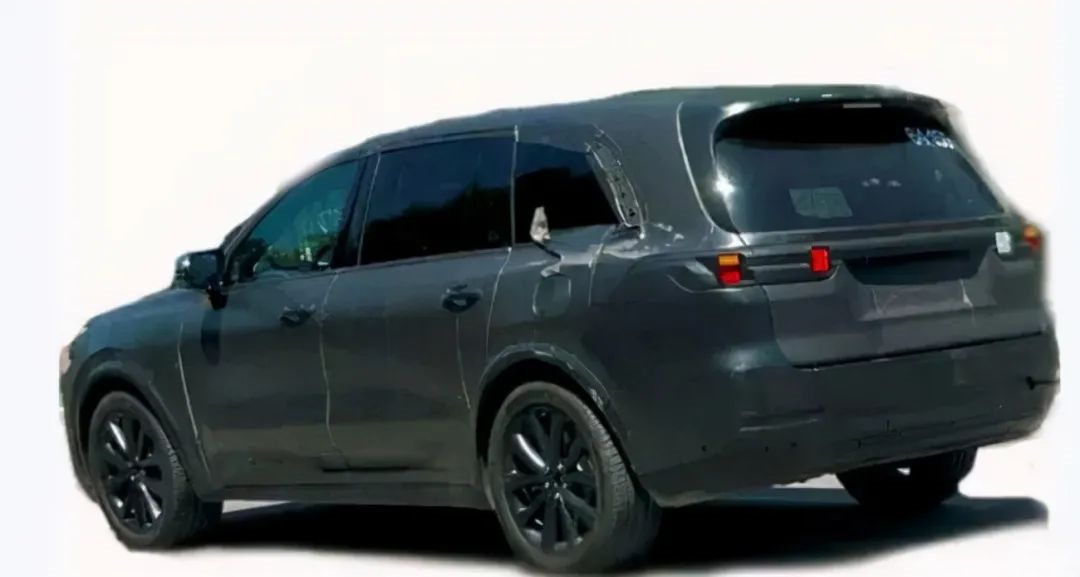
In terms of intelligent driving assistance, the Li Auto X01 will also be equipped with a 128-line LiDAR mounted on the roof.
According to a Li Auto technology patent that was exposed online, the LiDAR on the X01 may adopt an overall up-down design and be installed in the opening of the roof outer panel. The radar is usually hidden inside the roof, but can extend from the roof when the automatic driving assistance function is turned on.
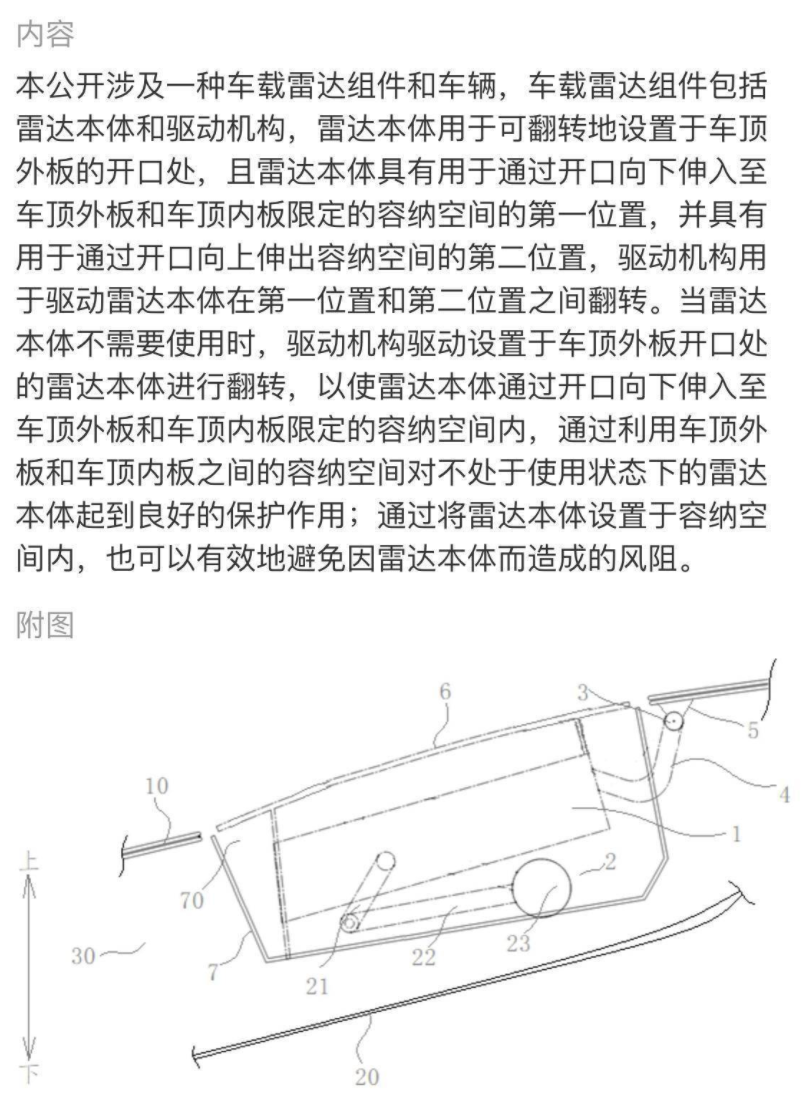
To use a more vivid analogy, this design is similar to the popular pop-up front camera on Chinese-made smartphones from a few years ago.
As for the appearance of the X01, so far we can only see spy photos of the road test, which are covered with heavy disguise. Compared with the Ideal ONE, the new car, besides being larger in size, should also have significant changes in the front face styling – the large intake grille on the Ideal ONE is clearly absent, replaced by a more common closed front face on the new energy vehicle model.
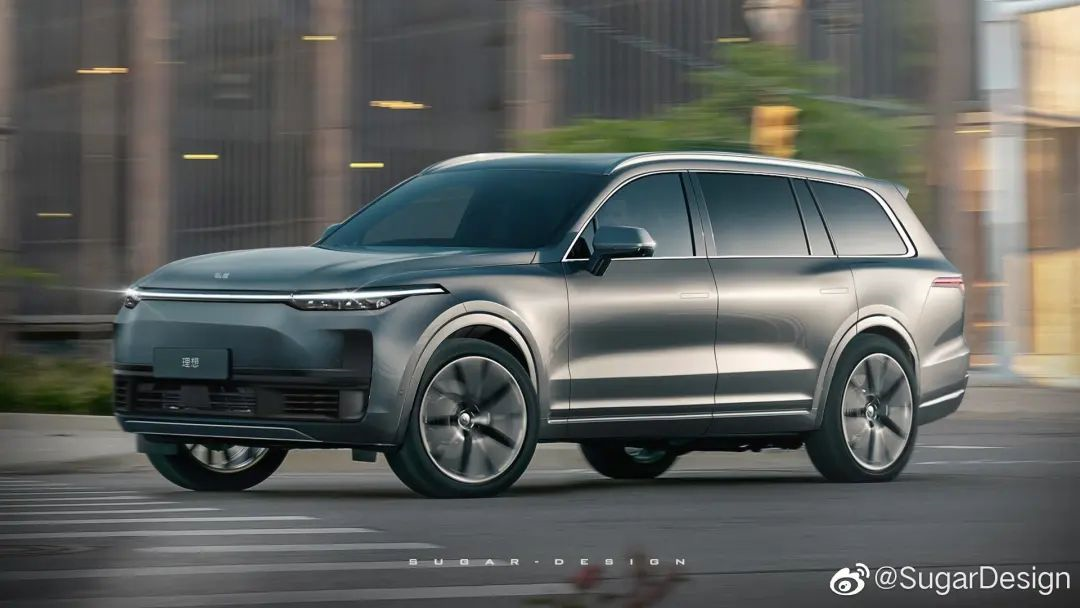
Continuing the sales strategy of the Ideal ONE, it is expected that the Ideal X01 will also maintain the pricing concept of “one unit price per vehicle.” When actually buying a car, customers should only need to pay extra for a few things like body color.
However, it’s unknown whether the X01 can replicate the Ideal ONE’s “single car blockbuster” glory when its price reaches the level of RMB 500,000.
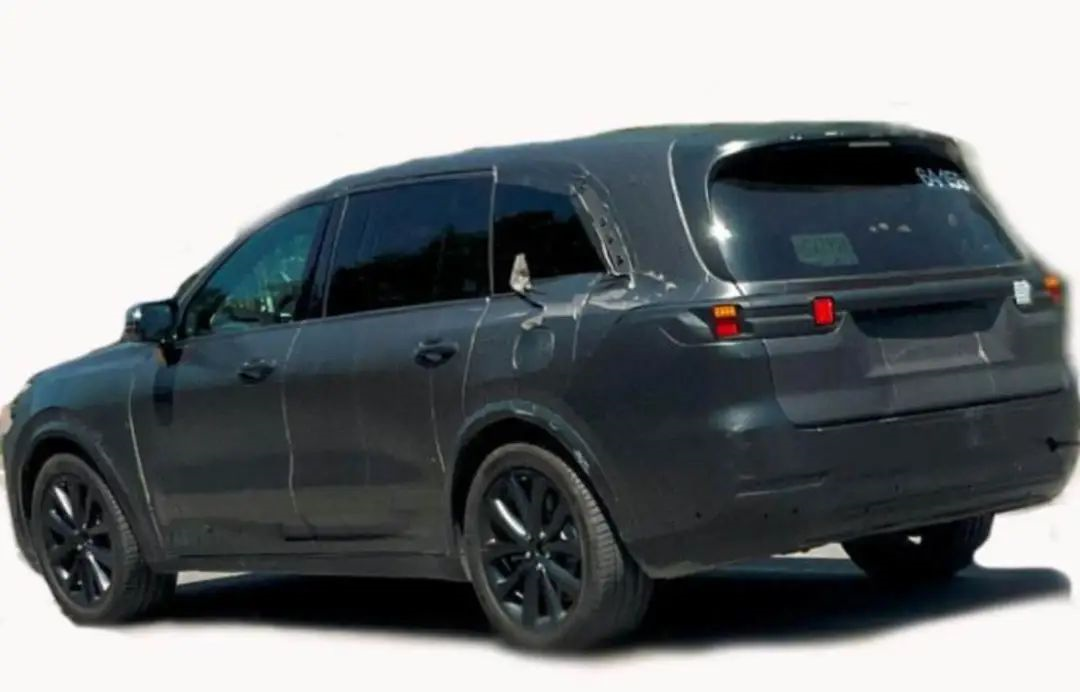
Finally, NIO’s new car lineup has become more diverse this year.
I remember that in the third quarter of last year, due to factory upgrades, NIO’s monthly sales volume fluctuated. At that time, official explanations from NIO stated that “the assembly line is being upgraded for the production of new cars on the NT2.0 platform.”
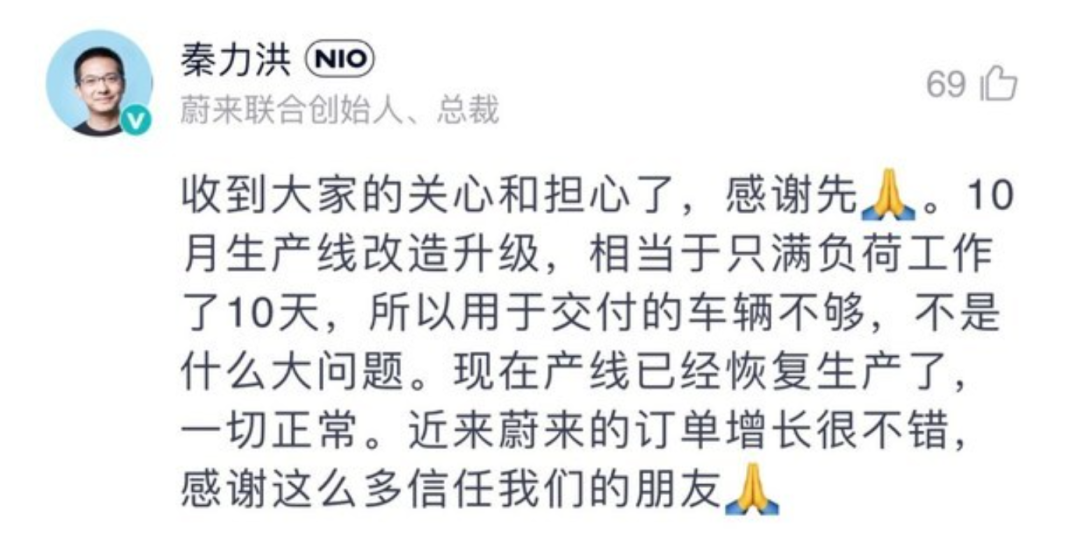
If we go back to the earnings call in the second quarter of last year, NIO’s chairman Li Bin clearly stated that in 2022, NIO will deliver three new models based on the NT2.0 platform.
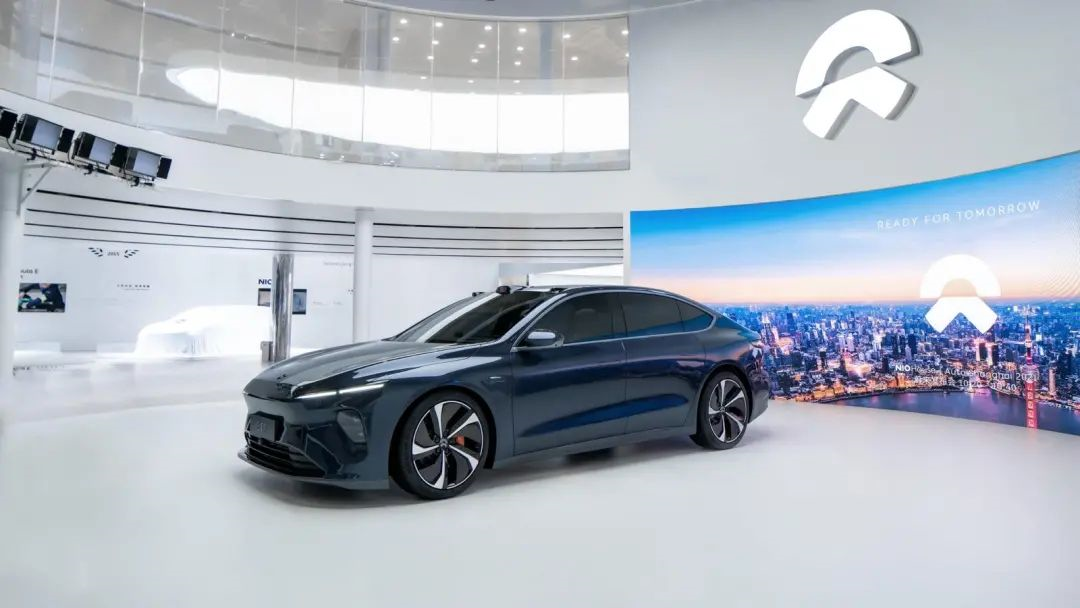
According to information currently known, these three new models are ET7, which has been brewing for more than a year and will begin delivery at the end of March; ET5, which was officially released at NIO DAY in 2021 and will be delivered in September this year; and a brand-new SUV that has recently been continuously exposed on the Internet.
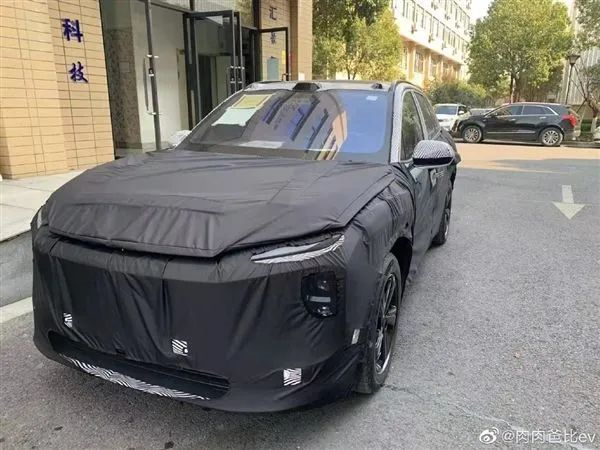 Compared with XPeng G9 and Li Auto X01, the suspense of the all-new SUV from NIO seems to be less: from the disguised car pictures, this car will have a layout in the center of the roof with a laser radar and high-definition cameras on both sides, just like ET7 and ET5.
Compared with XPeng G9 and Li Auto X01, the suspense of the all-new SUV from NIO seems to be less: from the disguised car pictures, this car will have a layout in the center of the roof with a laser radar and high-definition cameras on both sides, just like ET7 and ET5.
The overall shape of the new car body is very similar to that of ES6, and it can be said that the roof of ET7 is added to the body of ES6.
Therefore, it is not difficult to infer that the biggest selling point of this new SUV is still the NAD autonomous driving system. Based on the same NT 2.0 platform, all the parameters of the vehicle, except for the differences in body shape and space, are expected to be similar to those of ET7/ET5.
The biggest suspense seems to be only the naming of the vehicle – will it be named “ES7” as rumored online, or will it be a major update of ES6?
In addition, it is more anticipated that the 150 kWh solid-state battery, which was once debuted simultaneously with the NIO ET7, will be installed on NIO models starting from the end of this year according to the plan.
With this battery pack, whether NIO models can really achieve the official promise of 1000 kilometers or more of cruising range, and how much consumers will have to pay for it, are topics worth paying attention to.
In summary, we can see two obvious characteristics in the new car planning of the “NIO-XPeng-Li” trio in 2022:
-
The competition pattern has risen to around RMB 400,000, and while they are more expensive, the models are also larger SUVs.
-
All three companies’ new cars will be equipped with laser radar, indicating stronger automatic driving assistance.
“Bigger, more expensive, and stronger” will be the main theme of the new products of the “NIO-XPeng-Li” trio in 2022.
In addition to the three major new forces in the auto industry, we should not forget the all-new new energy brands incubated by traditional automakers. Compared with “NIO-XPeng-Li” marching forward on the path of bigger, more expensive and stronger, these brands are more suitable to be described as taking a different approach.# GAC and Dongfeng launch new energy MPVs in China
GAC and Dongfeng have released new-energy MPVs, JiKe and LanTu respectively. The LanTu, which has an electric version, is closer to market release than the JiKe, which has only been spotted in spy shots. The mid-sized LanTu will be sold in four- and seven-seat configurations with dimensions of 5,315 × 1,980 × 1,810 mm and a wheelbase of 3,200 mm, making it larger than the Buick GL8 and the Toyota Alphard. The LanTu is available with an extended-range or pure-electric powertrain. The electric all-wheel-drive version can accelerate from 0 to 100 km/h in just 5.9 seconds. The LanTu has also been fitted with air suspension, OTA firmware updates, and other luxury features. Finally, the price of the LanTu and its expected release date are eagerly anticipated. GAC targeting practical usage with the JiKe, whereas Great Wall, with its debut “mecha-dragon” SUV, is playing to “manly childhood dreams,” offering luxury features at a high-end price point.The appearance of the MechDragon hardly needs much introduction, just take a look at the pictures. With its sharply defined mechanical style, it stands out in stark contrast to all the electric vehicles currently available on the market. If we must compare it with another product, the only one that comes to mind is the Tesla Cybertruck electric pickup.
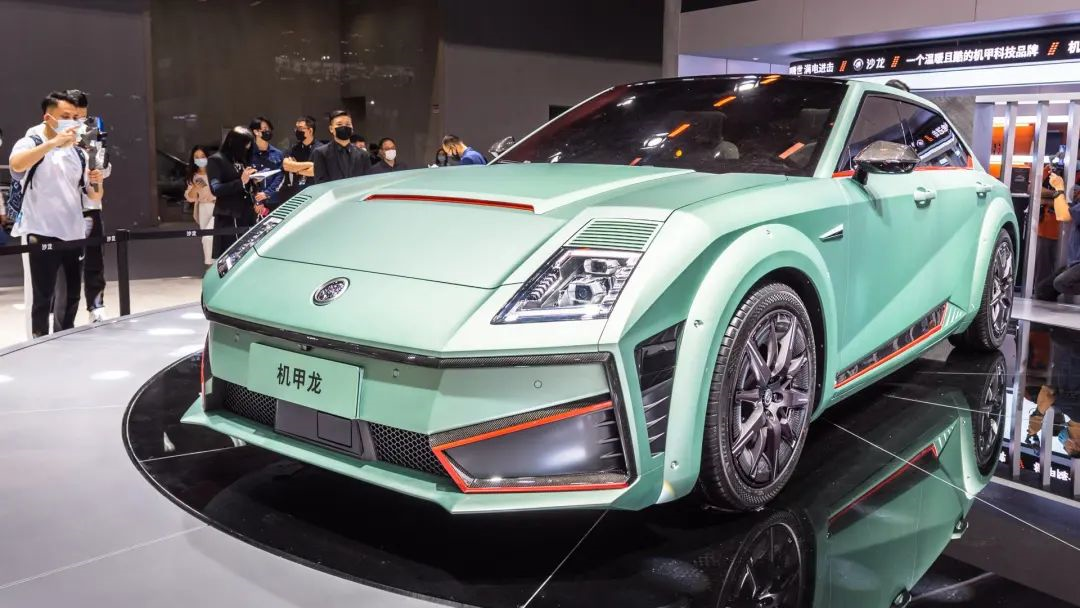
In terms of power, the MechDragon is equipped with dual motors, with a maximum power of 405 kW and 0-100 km/h acceleration of 3.7 seconds. Regarding the battery and endurance, with the 115 kWh battery pack from Dayu, the MechDragon can reach a maximum range of 802 km under CLTC conditions.
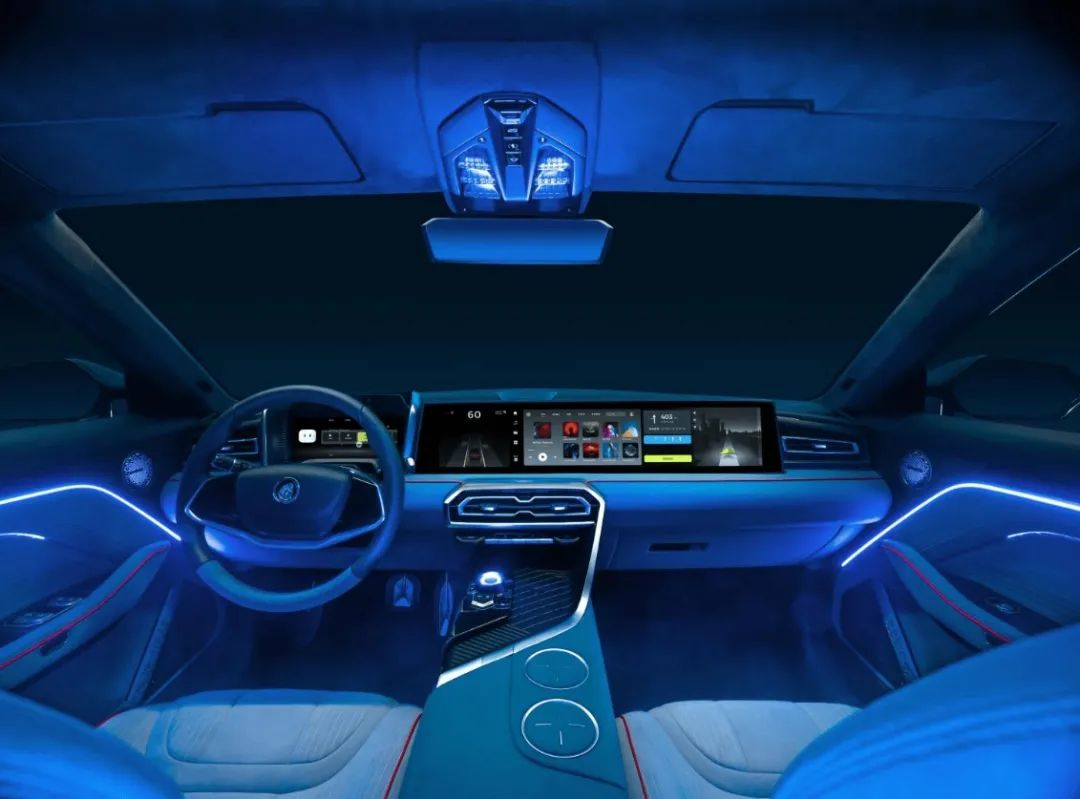
In terms of intelligence, the MechDragon is equipped with four Huawei-supplied laser radars – three on the front end and one on the rear end, achieving full visual coverage.
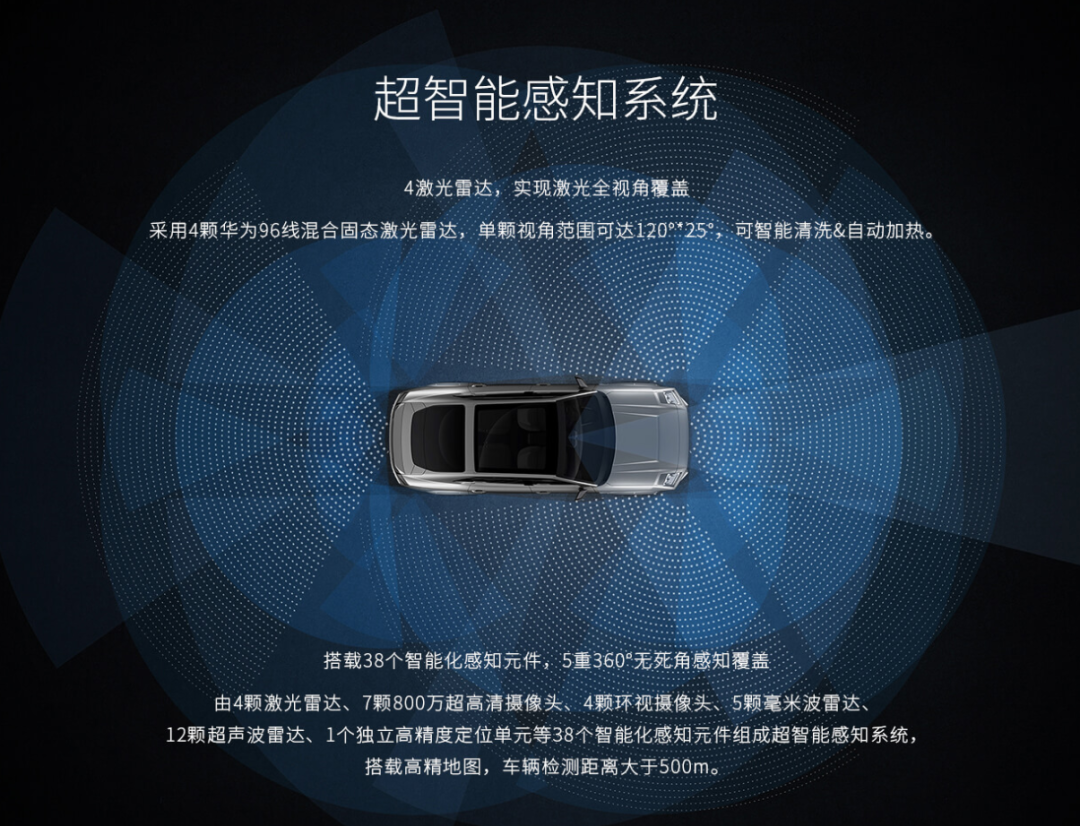
It is worth noting that the MechDragon may adopt Huawei’s intelligent driving assist system solution in the future.
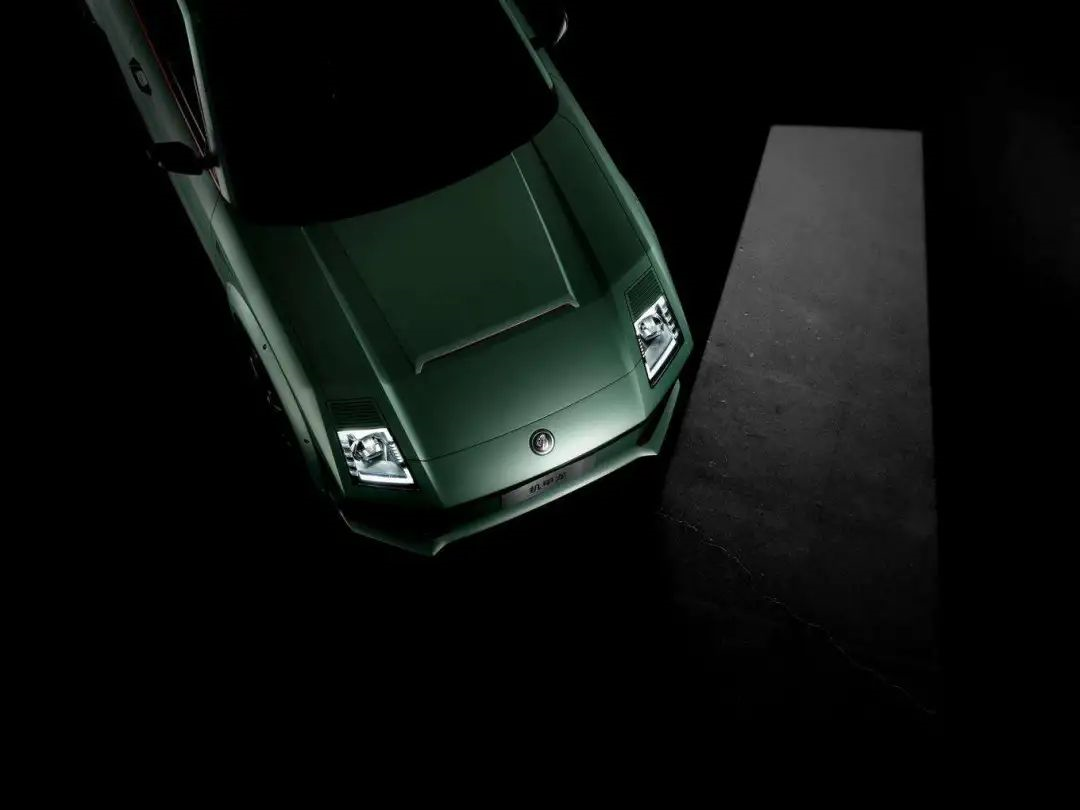
With its bold appearance, 115 kWh battery, and four laser radars, the MechDragon gives people an impression that can only be described as “stunning” at a price of only 500,000 RMB.
However, this also inevitably makes people look forward to what kind of waves this innovative model will make in the market after it is truly released.
Conclusion
In fact, in addition to the above five models, there are quite a few new electric vehicles that are visible to the naked eye this year:
In terms of new forces, the rising star in the second-tier enterprises, NETA, is about to launch a new sedan, the NETA S, which will not only have a pure electric version, but also an extended range version.
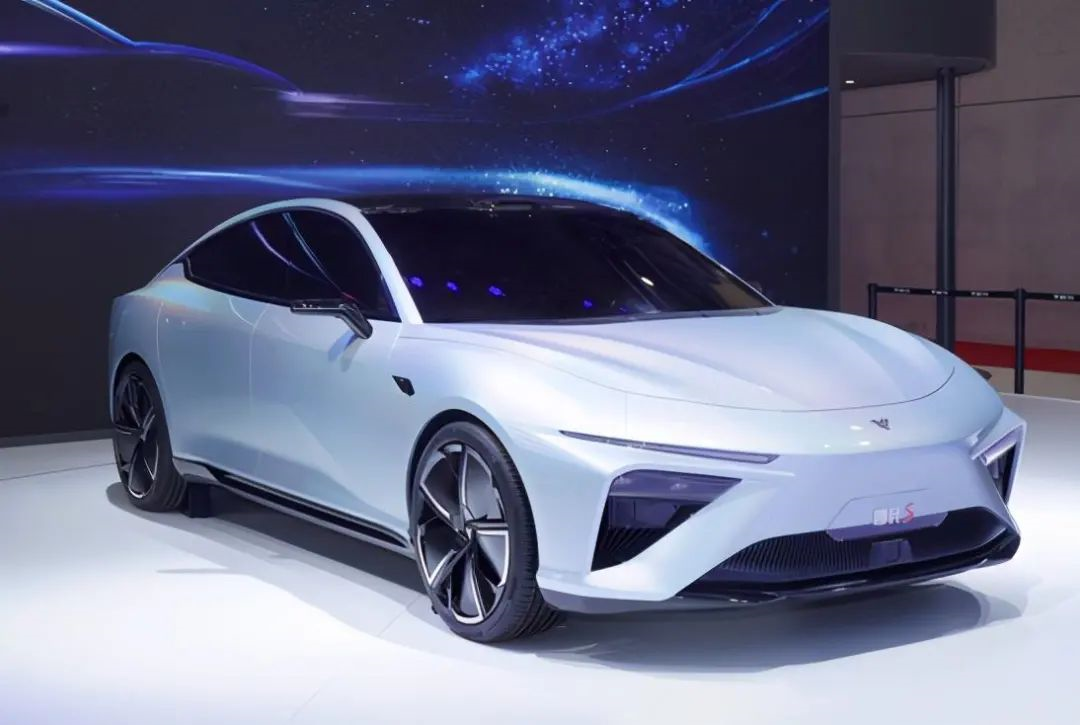
After the high-value-for-money ZeroRun C11 was launched in the end of last year, ZeroRun plans to introduce its brother model, the pure electric sedan ZeroRun C01, this year.
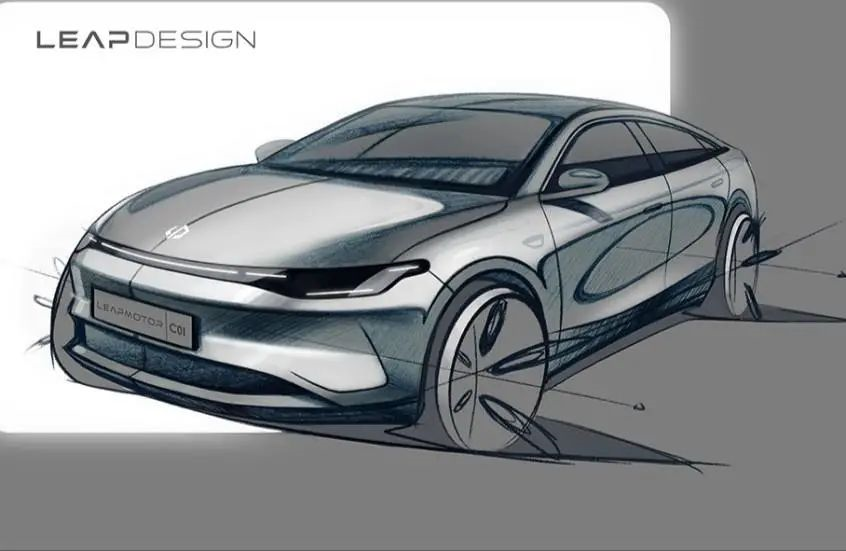
Even the relatively quiet WM Motor in recent years will launch a new pure electric vehicle, the WM M7, equipped with three laser radars this year.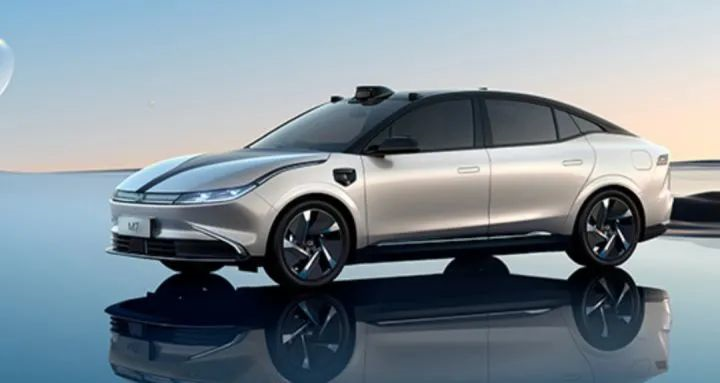
In the traditional automotive industry, new cars such as the Cadillac LYRIQ and Toyota bZ4X are also gearing up to join the fiercely competitive new energy market.
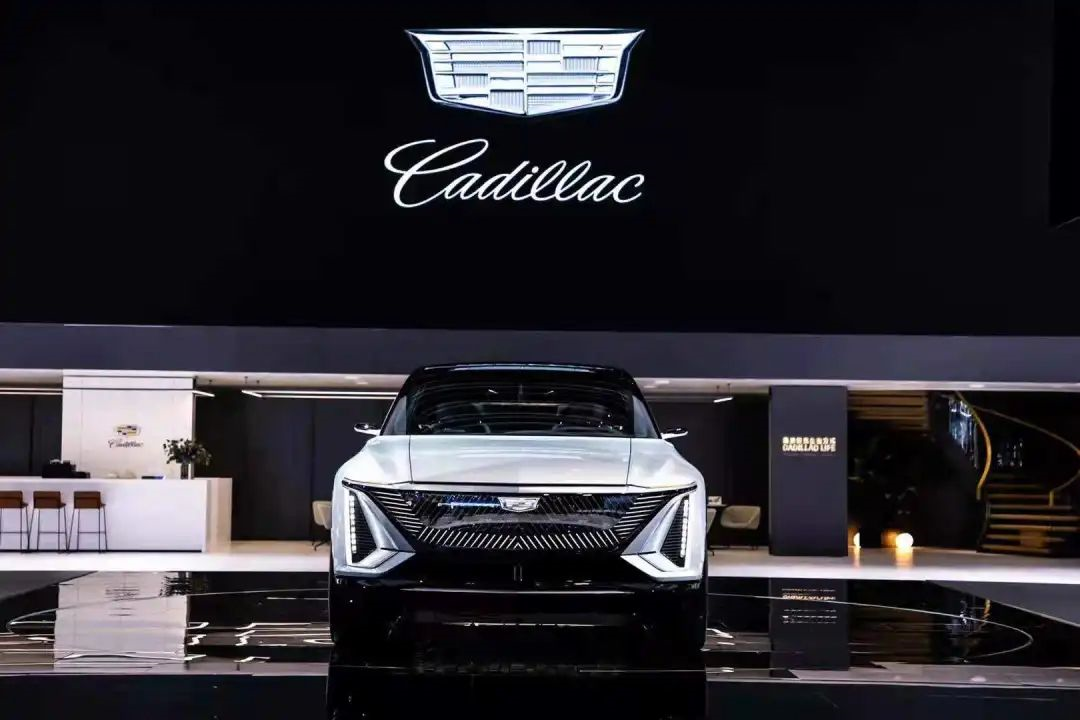
And in two months, the Beijing Auto Show is about to open, most of these new cars are expected to meet with everyone at the exhibition.
The year 2022, without new Tesla cars, is destined to be not peaceful. Which new car are you most looking forward to?
This article is a translation by ChatGPT of a Chinese report from 42HOW. If you have any questions about it, please email bd@42how.com.
